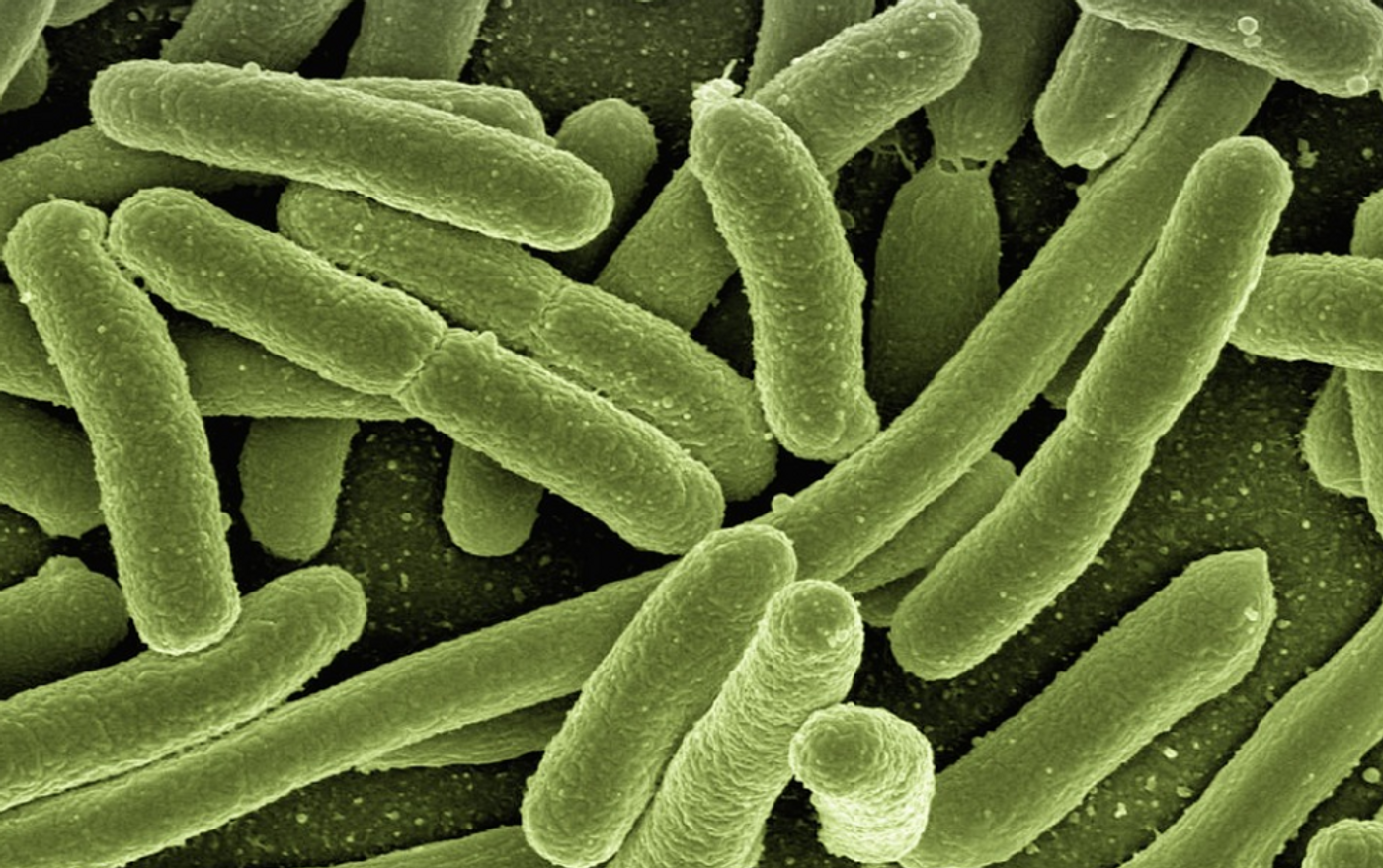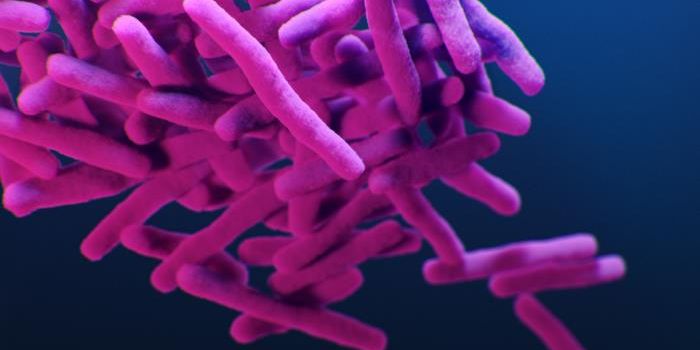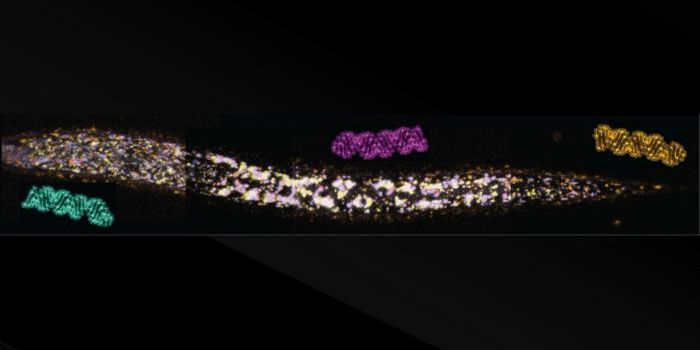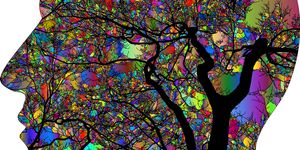An Engineered Probiotic Can Detect IBD as it Moves Through the Gut
Researchers have engineered a beneficial microbe that can detect inflammatory bowel disease. Inflammatory bowel disease (IBD) is an umbrella term for disorders like ulcerative colitis, in which sores develop in the lining of the colon; and Crohn's disease, an inflammatory condition affecting the lining of the digestive tract. Millions of people are affected by these disorders, which can cause abdominal pain, diarrhea, weight loss, and permanent damage in the digestive system. Right now, these issues have to be diagnosed or monitored with colonoscopies, which can be invasive and distressing for patients. This engineered probiotic could be a major benefit to patients and clinicians. The work has been reported in the Proceedings of the National Academy of Sciences.
In this study, the researchers used a harmless and well-studied microbe called E. coli Nissle. They added a protein that can detect a known IBD biomarker called calprotectin. The probiotic was tested in a mouse model of IBD. This showed that the probiotic was able to identify calprotectin as it moved through the gastrointestinal tract. Additional research demonstrated that the probiotic could also sense the biomarker in human tissues.
This diagnostic probiotic works because there is a specific transcriptional reaction to calprotectin, in which the probiotic detects the molecule, then alters the activity of its genes in response, explained senior study author Arthur Prindle, PhD, an assistant professor at Northwestern University. "Our sensor kind of piggybacks on that natural response, and then we use it to produce a measured output that we can detect that reports the presence of disease."
The research has "several exciting implications," noted Prindle. "One is actually the potential to use simple and low-cost means to detect and monitor diseases that are relevant to humans. The current gold standard of IBD monitoring involves expensive, time-consuming and invasive means such as endoscopy or colonoscopy. What we hope to do is use probiotics as a less invasive and less costly readout of disease."
Now, the researchers would like to improve the probiotic so that an imaging technology like MRI or ultrasound will actually show the probiotic as it moves through the body. One day, the probiotic could also contain therapeutics that could send medication to the patient if it detects an inflammatory problem as it makes its journey, Prindle said.
Sources: Northwestern University, Proceedings of the National Academy of Sciences (PNAS)









